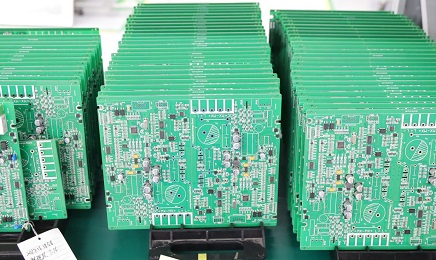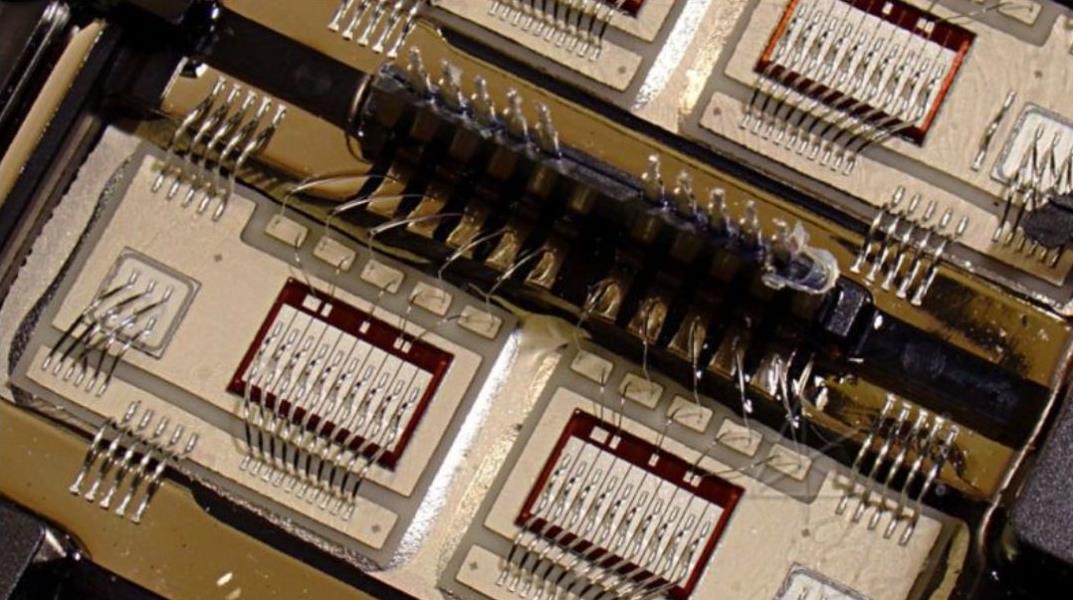How high can the PCB withstand?
Temperature is critICal for SMT chip manufacturers because PCB components can overheat. Knowing the maximum and minimum temperatures of various materials can help you choose the best materials for PCB. In addition, the correct temperature PCB range for your PCB will ensure that it operates optimally.
If made of FR-4 material, the PCB can withstand temperatures up to 90 ° C. However, they should be careful when using currents that exceed this limit. In addition, the temperature range of different materials on PCB materials is also important.
The glass transition temperature (Tg) value shall be taken into account when selecting PCB materials in SMT chip factory. This value is the PCB temperature when the material changes from solid to liquid. If SMT processing exceeds this temperature, the material will no longer function. Most standard PCBs are made of materials with a TG value of 140 ° C or higher and can withstand a maximum operating temperature of 110 ° C. However, higher Tg value PCB may be more suitable for specific applications.

FR 4 temperature class
FR4 materials are not suitable for equipment exposed to high temperatures. For example, many types of FR4 materials do not support lead-free soldering. Lead free soldering requires a temperature higher than 250 degrees Celsius, which is much higher than many FR4 versions of Tg. Moreover, thinner materials are not suitable for circuit boards with grooves. However, high-performance FR4 laminates can be used. This material is more durable and has better thermal properties than standard FR4 while maintaining manufacturability.
The typical FR4 PCB in SMT chip processing can work at about - 50 ℃. However, the material will produce brittle cracks and stress PCBs at this temperature. Therefore, it is better not to let the FR4 PCB get colder than this. However, PCBs that contribute to the aerOSPace sector can withstand minus 150 degrees Celsius.
Tg value is also an important factor to be considered. High Tg material can improve the heat resistance and chEMIcal resistance of FR4 PCB. In addition, a higher Tg value will increase the stability of PCB size.
Glass transition temperature
Glass transition temperature (Tg) is a key characteristic of polymers in SMT processing plants. This glass transition temperature (Tg) MARKs the point at which the polymer changes from a rigid state to a softer state. In most cases, thermoplastics are required below this temperature range, while we use elastomers above this temperature range.









